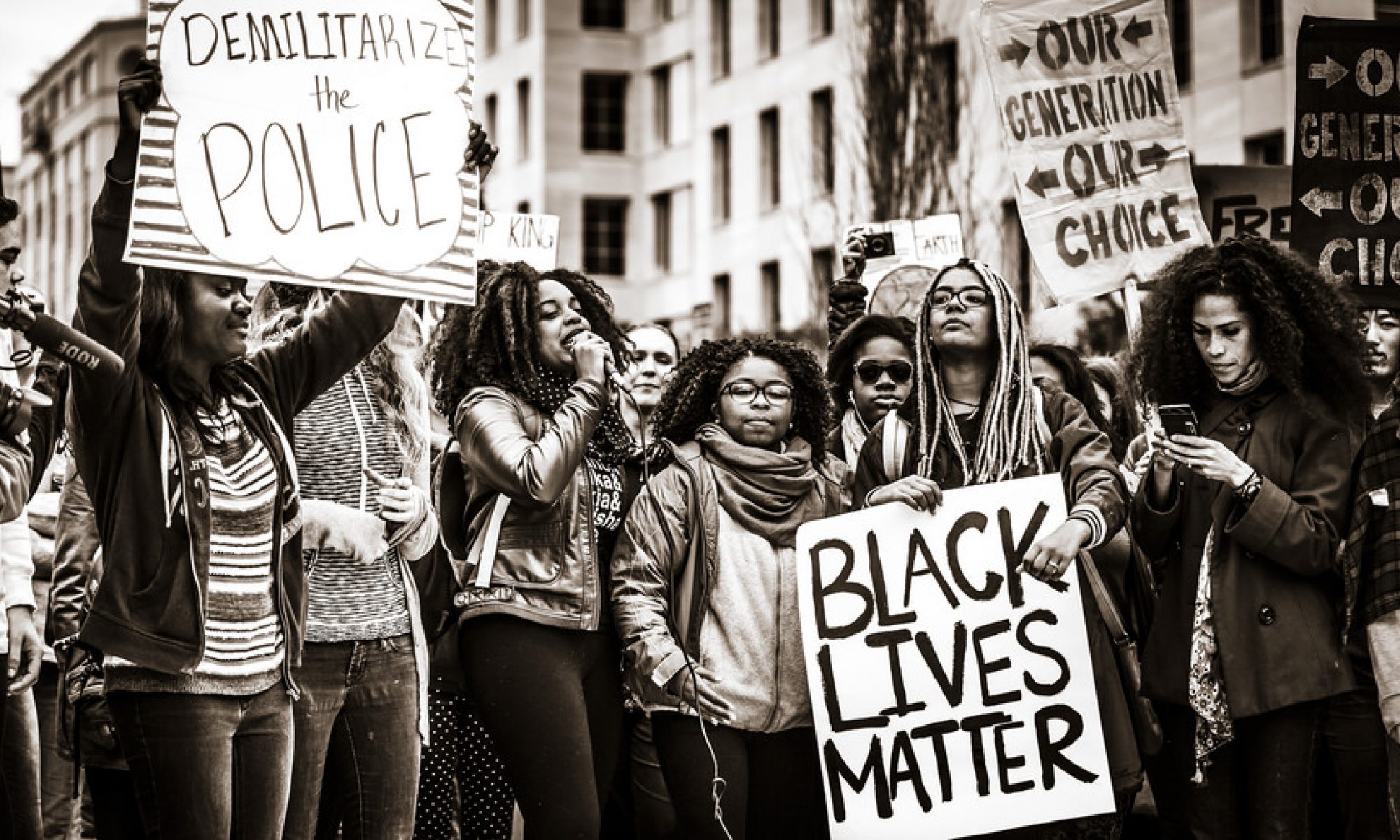An Unnamed Girl, A Speculative History
Saidiya Hartman
“It was not the kind of image I was looking for when I set out to tell the story of the social revolution and transformation of intimate life that unfolded in the black city-within-the-city. I had been searching for photographs unequivocal in their representation of what it meant to live free for the second and third generations born after the official end of slavery.”
“The official documents I found in my search produced someone else entirely. In them, I found delinquents, whores, average Negroes in actuarial tables, incorrigible children, and disorderly women. In the statistical chart, the social survey, and the slum photograph, she seemed so small, so insignificant. Everything else loomed large—the condition of the tenements, the perils of the ghetto, the moral dangers of the kitchenette, the risks presented by too many bodies forced into the cramped rooms of the lodging house.”
